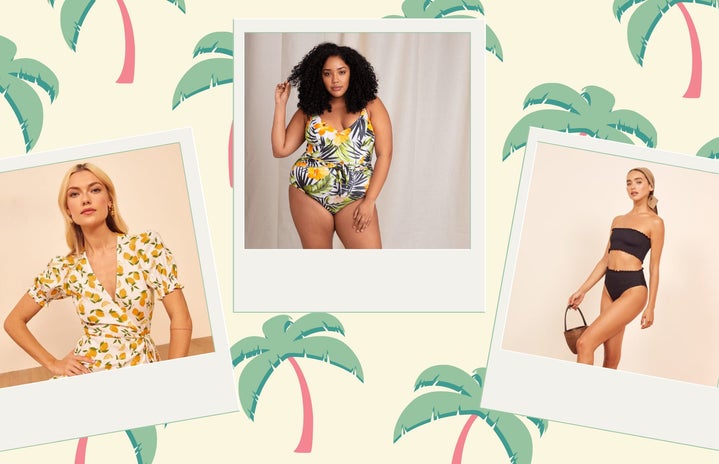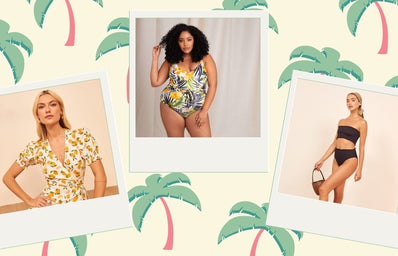Standfirst: Beth Molloy checks out the Dublin thrift-scene to see if sustainable fashion is really accessible to all sizes and budgets.
Thrifting, second hand and sustainable fashion are words and phrases that are making their way into our daily conversations.
We are all becoming far more conscious about the impact that our shopping habits are having on the world around us. People now, more than ever are ready and willing to embrace sustainable fashion. But with obstacles such as a perceived lack of a decent range in sizing and the expense that comes with sustainable fashion, can this market continue to grow?
A recent report from ThredUp, the world’s largest second-hand clothing website, has stated that 56 million women bought second-hand products in 2018, up from 44 million in 2017. So more women than ever before are accessing the second-hand clothing market.
If more women are buying second hand, then sizing should be pretty inclusive, one would think?
I went on to Tola Vintage’s online site to check out the range of sizing that they had on offer to potential customers. I clicked on a pair of 90’s Adidas tracksuit bottoms that were priced at €25. The model wearing them is a size UK10 and the tracksuit bottoms she is modelling is a size large. This took me by surprise.
Beside the image of the model, there is a disclaimer of sorts. It reads, “we (Tola Vintage) size all our vintage item on how they fit our models. We do this because vintage sizing is not the same as the current UK sizing.” I thought this was unusual as the model in the picture is wearing a size large that seems to fit her well, despite being a size 10 herself. I reached out to Tola Vintage for further clarification. They did not get back to me in time of publication.
Finding vintage, or sustainable clothing options to fit bigger sizes is an issue many women face when going through a clothing rack. Having size ten models modelling size 16-18 clothing doesn’t help much either.
This is a sentiment echoed by sustainable fashion enthusiast, Laoise Geoghan when she says that sizing found in vintage and charity shops “definitely isn’t for everyone.”
ThredUp estimates that second hand is expected to grow by more than double in the next ten years, and is on track to make up a third of closets by the year 2033.
Laoise believes that for the industry to grow, as projected by ThredUp, there needs to be some improvement in the Irish market. “The shops are quite small and they don’t have the same sizing ranges that other shops do, so it isn’t an industry that accommodates everybody.”
Sizing, however, isn’t the only obstacle preventing people from making more sustainable fashion choices. Affordability is another issue. Laoise says that she finds that “vintage shops in Dublin can sometimes be overpriced and expensive because they’re not actually charity shops per say, they are actually just thrifted old clothes so they tend to just charge a premium for the thrifting they have already done.”
Laoise also explains why many might be discouraged by investing in second-hand fashion as products can sometimes be accompanied by a designer price tag. Speaking of her experience, Laoise believes that some second-hand clothing stores are actually more expensive than some shops on the high street.
“Pricing needs to be looked at to encourage people to shop there because it is much more convenient to go into H&M and buy the t-shirt you’re looking for for €3 rather than spending €20 on it in Tola Vintage,” she says.
It remains to be seen if sustainable fashion will become more user-friendly in the coming years. I am somewhat sceptical of ThredUp’s predictions translating to an Irish consumer base as there needs to be a lot of improvement. The pathway to accessing sustainable fashion needs to be amended for those on a tighter budget and people who wear clothes that are larger than a size ten.



